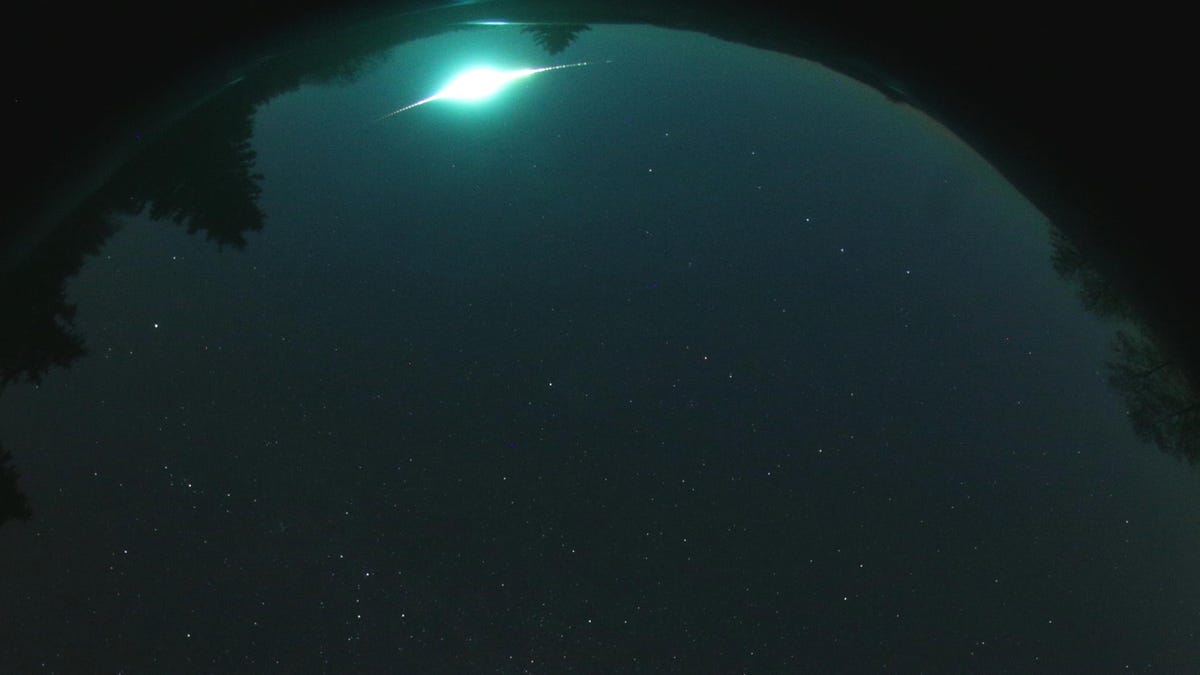Fireball-fueled Northern Taurid meteor shower spices up the sky. How to watch
It's not the biggest of the year, but it can be among the most fiery.

A Taurid fireball captured in 2015.
One of the most explosive meteor showers of the year is just past its peak but still very active, which is good news if you're into seeing fire in the sky.
The Southern Taurid and Northern Taurid showers are active now and tend to produce a lot of sizzle in the form of fireballs that light up the skies. The Southern Taurid branch has already peaked, but can continue to contribute to the overall fireball count. The Northern Taurids likely hit maximum activity Wednesday night but remain active until early December, according to the American Meteor Society, or AMS.
The Taurids are produced when Earth drifts through a cloud of debris left behind by Comet 2P/Encke around this time each year. Small chunks of dust might be seen burning up in our upper atmosphere as "shooting stars," while larger bits of space rock can produce more dramatic fireballs.
The Taurids aren't as well known as other meteor showers like the Perseids or even the Leonids, which are also active in November. They don't produce as many meteors per hour as those more famous showers, but the Taurids are well known for generally adding a healthy dose of fireballs to the night sky in late October and early November.
About every seven years the Taurids are especially active, but we aren't due to see that again until 2022. Still, you could see a few shooting stars and perhaps even a fireball per hour if you venture out around midnight with ideal conditions.
It's possible to see them earlier in the evening, if a little less likely. Closer to dusk you may be able to see a rare "Earth-grazer" along the horizon, however.
Whenever you go Taurid hunting, start by getting as far away from light pollution as you can and find a spot with a broad, unobstructed view of the sky. Bundle up if needed, and then just lie back, let your eyes adjust, relax and watch.
Taurids can appear to emanate from near the constellation Taurus the bull, which is also next to the famed star cluster, the Pleiades. There's no need to focus on this part of the sky, however, as the Taurids can be visible in other parts of the night sky, but they'll generally be headed away from Taurus.
Enjoy a little fire in the sky and pass along any epic fireball photos you happen to catch to me, @EricCMack, on Twitter.

